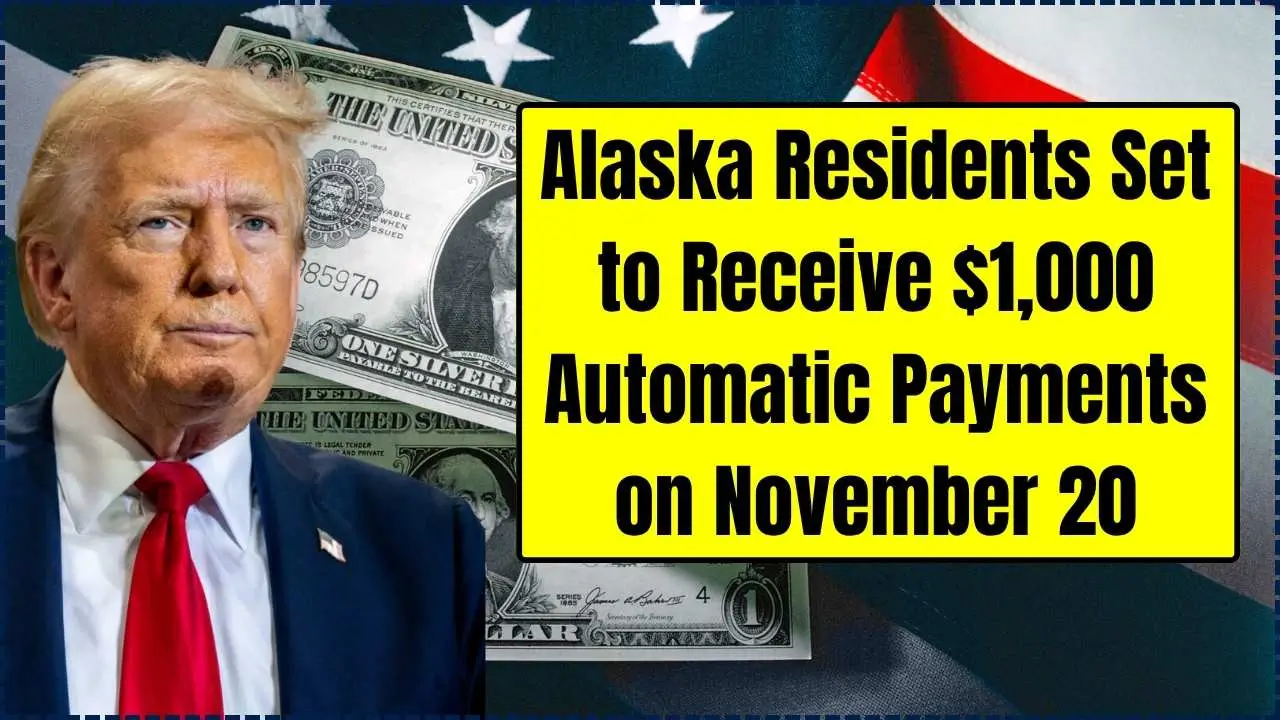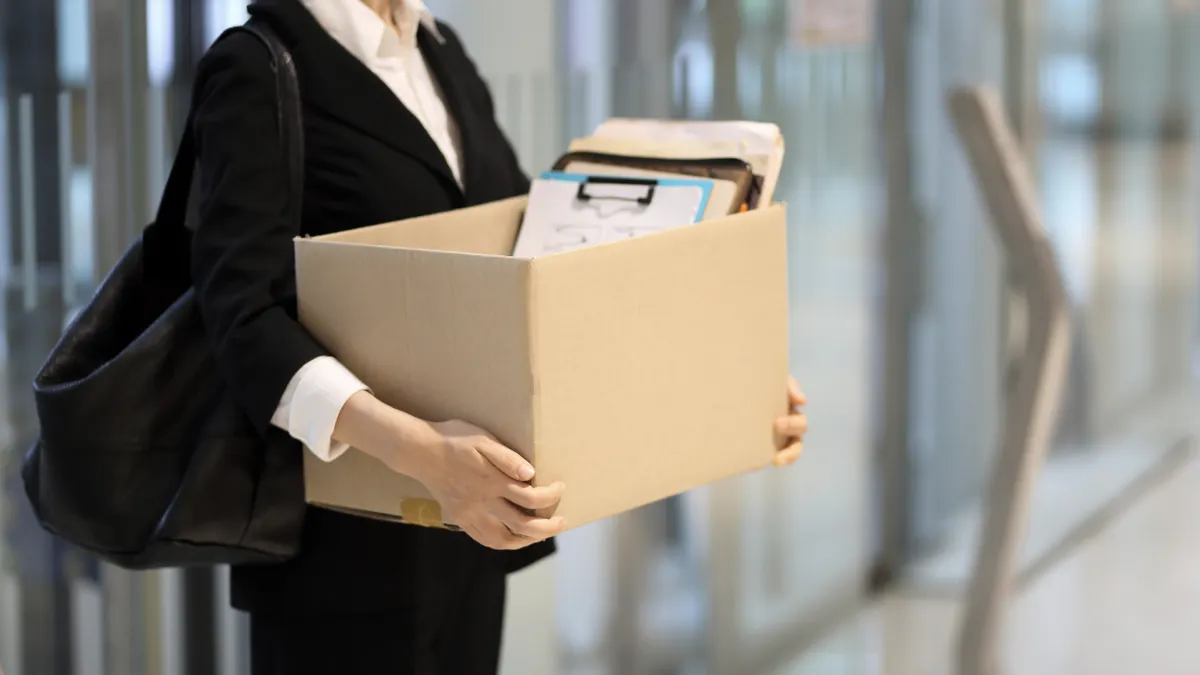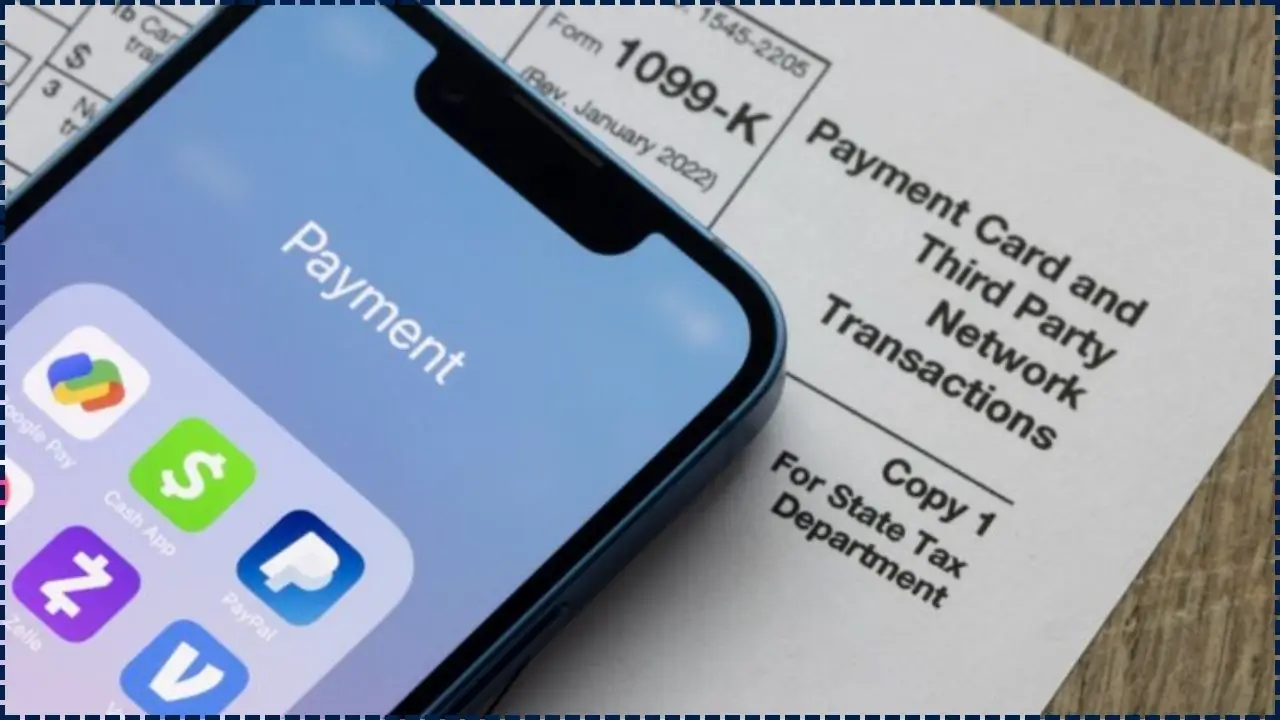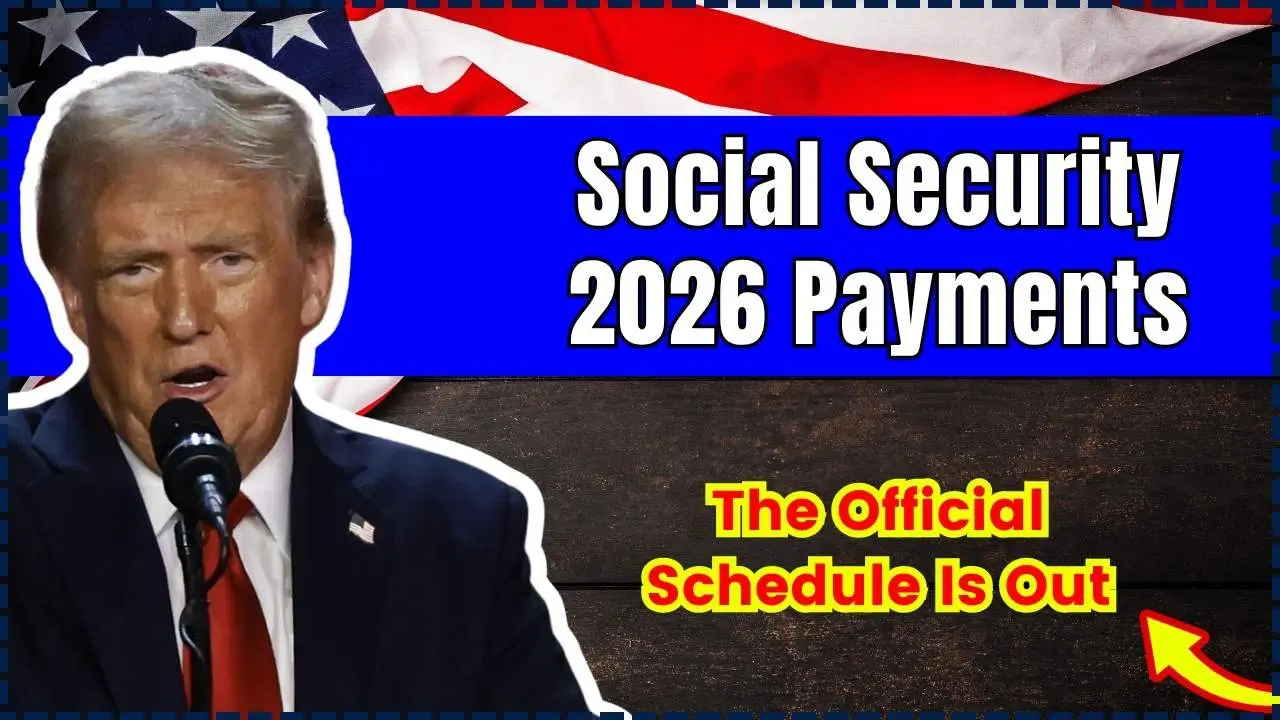New York State has announced the termination of its Clean Pass Program, which previously allowed electric and hybrid vehicle owners to use high-occupancy vehicle (HOV) lanes. The decision, effective January 2026, reflects a shift in the state’s transportation strategy, as officials seek to balance environmental goals with reducing congestion.
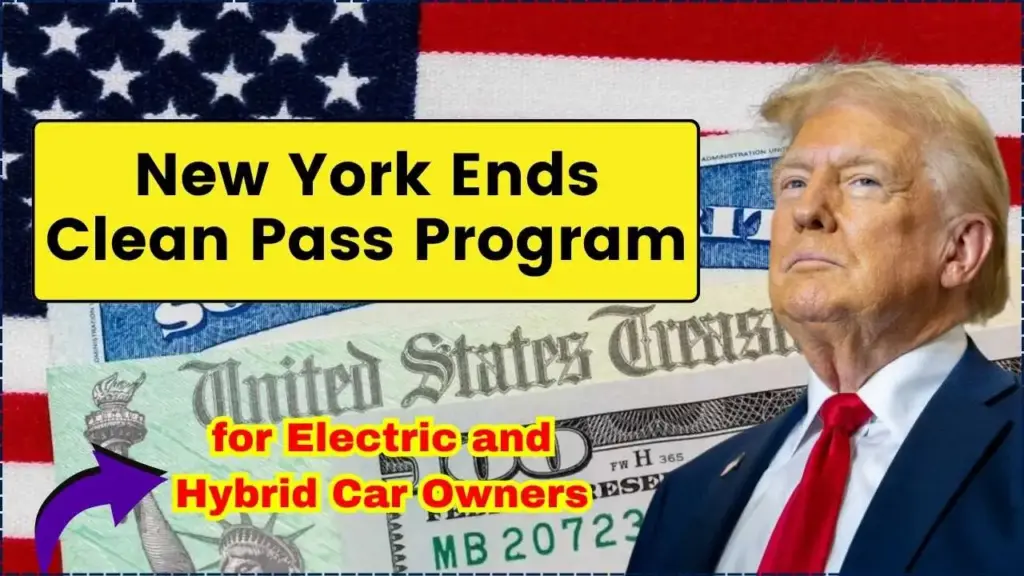
New York Ends Clean Pass Program
| Key Fact | Detail |
|---|---|
| Program End Date | January 2026 |
| Program Affected | Electric and hybrid vehicles |
| Reason for Change | Reevaluation of transportation policies and congestion management |
| Future Plans | Expanding EV charging infrastructure and other congestion reduction strategies |
What Is the Clean Pass Program?
Introduced in the early 2000s, New York’s Clean Pass Program was designed to encourage the use of electric and hybrid vehicles by providing them with a significant advantage: the ability to drive in high-occupancy vehicle (HOV) lanes.
This privilege, which typically requires at least two passengers in a car, allowed single-occupancy electric and hybrid vehicles to bypass congested traffic, particularly during rush hours. The program was seen as a way to both reduce traffic and promote cleaner, more sustainable transportation options in a state with one of the highest vehicle usage rates in the country.
By offering a time-saving benefit, it incentivized drivers to make the switch from conventional gasoline-powered vehicles to more environmentally friendly options.
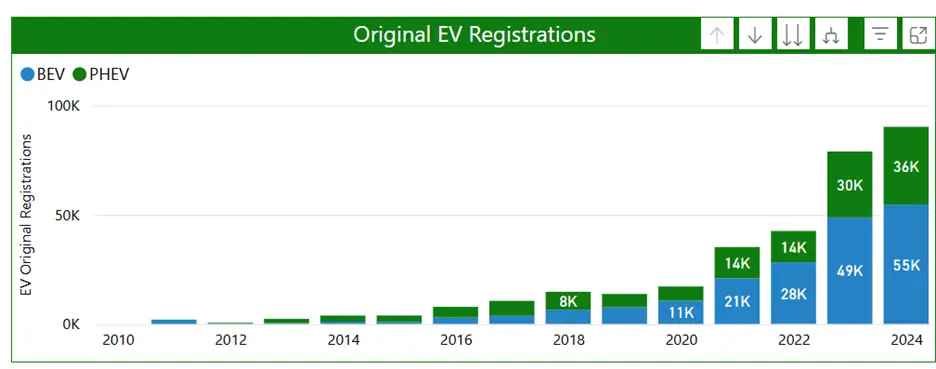
Why Is New York Ending the Program?
The decision to phase out the Clean Pass Program by January 2026 is part of a broader reevaluation of the state’s transportation policies. According to Kristin McDonald, a spokesperson for the New York State Department of Transportation (NYSDOT), the state believes the initial goal of incentivizing early adoption of electric vehicles has largely been achieved.
“As more drivers make the transition to electric and hybrid vehicles, we need to rethink how best to manage HOV lanes and promote sustainability in our transportation infrastructure,” McDonald said in a statement.
New York State has set ambitious emissions reduction goals, including a target to cut carbon emissions from transportation by 85% by 2050, in line with the Climate Leadership and Community Protection Act (CLCPA).
As part of this larger strategy, the NYSDOT is focusing on alternative ways to reduce congestion and lower emissions, such as expanding electric vehicle charging networks and exploring new policies to encourage public transportation use.
Expert Analysis on the Environmental Impact
The Clean Pass Program was originally heralded as a victory for clean air and reduced traffic emissions, but its termination could have mixed implications for New York’s broader environmental goals. Dr. Mia Cheng, an environmental policy expert at The Environmental Defense Fund (EDF), expressed concern about the decision:
“While it is commendable that the state is pushing for long-term sustainability, taking away the Clean Pass Program could reduce the immediate benefits electric vehicles provide in terms of reducing traffic congestion and pollution.”
However, state officials argue that the goal is to balance traffic management with environmental goals. “The ultimate goal is to reduce emissions across the board, not just reward EV owners for driving in HOV lanes,” said McDonald.
“The real change will come when we expand electric charging infrastructure, increase public transit options, and reduce overall vehicle use in the most congested areas.”
Economic Impact on Electric Vehicle Adoption
For many, the end of the Clean Pass Program could shift how they view purchasing electric or hybrid vehicles. Without the additional perk of HOV lane access, some potential buyers might hesitate, particularly if they live in areas heavily affected by traffic congestion.
Ben Torres, an automotive industry analyst at S&P Global, noted that while the Clean Pass Program served as an attractive bonus for EV buyers, it was not the primary incentive.
“The federal tax credit, alongside the state’s rebate programs, has been far more impactful in encouraging EV adoption,” he explained. However, Torres did acknowledge that any disincentive could slow the pace of adoption, especially among first-time buyers.
Public Opinion on the Change
The reaction from the public has been divided. Some environmental groups have expressed disappointment, viewing the program’s termination as a loss for the state’s efforts to curb vehicle emissions. However, others feel that the removal of HOV lane access is justified if it leads to a more comprehensive solution to urban congestion.
Kate Ramsey, a spokesperson for the New York Electric Vehicle Drivers Association (NYEVDA), stated, “We understand that the state is making difficult decisions to address long-term goals, but the Clean Pass Program has been a critical incentive for electric vehicle drivers. We hope that this decision is part of a broader strategy that continues to prioritize cleaner transportation.”
State Legislative Response
Some lawmakers are already proposing alternatives to keep electric vehicle owners from feeling the full impact of the program’s termination. Assemblymember Rachel Perez, who chairs the Assembly’s Transportation Committee, has announced plans to introduce a new bill that would offer reduced tolls for electric vehicle owners or implement a dedicated EV lane in certain areas of the city.
“We need to continue supporting electric vehicle adoption, especially as New York aims to meet its carbon reduction goals,” Perez said. “This bill will provide continued incentives for EV owners while addressing the state’s broader transportation challenges.”
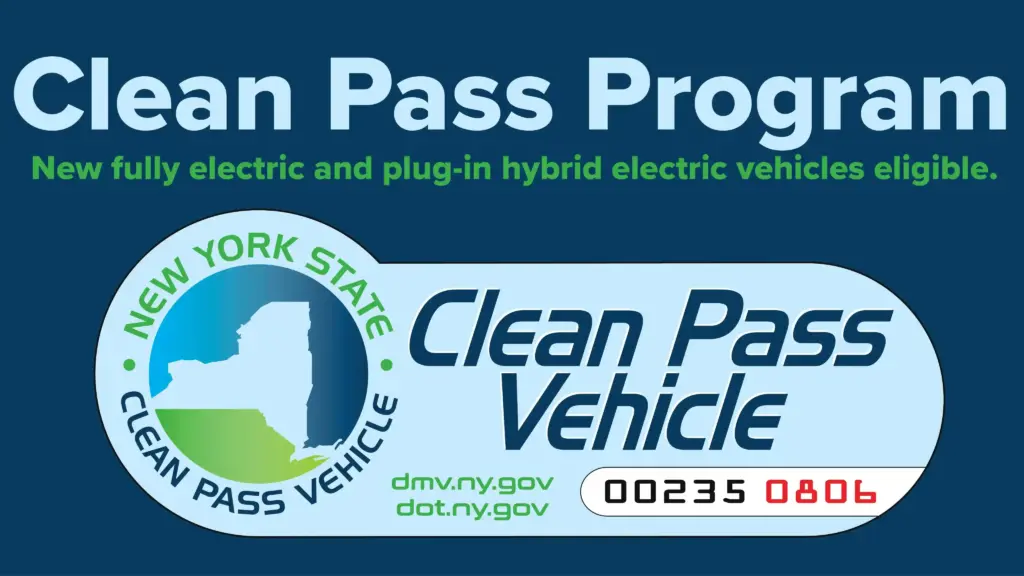
What Happens After the Clean Pass Program Ends?
After January 2026, electric and hybrid vehicle owners will no longer be allowed to use HOV lanes unless they meet the usual passenger requirements. This shift will likely have significant effects on traffic patterns in urban areas, particularly in high-traffic regions like New York City, where congestion is a persistent issue.
For electric vehicle owners, the change could mean longer commutes, especially during rush hours. However, NYSDOT officials have promised to explore other solutions to reduce travel times for clean vehicle owners.
Some experts believe that the end of the Clean Pass Program could prompt more drivers to switch to electric cars in order to benefit from other emerging incentives, such as tax rebates and access to improved charging infrastructure.
Related Links
How to Add $100s to Your Social Security Benefits Every Month – A Must-Know Tip
Mark Your Calendar: U.S. Banks, Including Bank of America, Shut Down for Veterans Day
Looking Ahead: The Future of Transportation in New York
The Clean Pass Program’s termination is just one part of New York’s evolving transportation strategy. As the state works toward its climate goals, electric vehicles will remain central to its long-term vision. In the coming years, officials expect that new technologies, such as autonomous vehicles and expanded electric vehicle charging networks, will further change how New Yorkers commute.
New York’s transportation landscape will continue to shift, with a focus on reducing congestion, improving public transit, and supporting sustainable vehicle adoption. Although the Clean Pass Program’s end has generated some frustration, the state remains committed to achieving its environmental goals while balancing the needs of all commuters.
FAQ About New York Ends Clean Pass Program
Q: Why is New York ending the Clean Pass Program?
A: New York is reevaluating its transportation policies, as electric vehicle adoption has increased significantly. The state aims to reduce congestion in HOV lanes and invest in other sustainability measures, such as expanding charging infrastructure and public transit.
Q: How will this change affect electric vehicle owners?
A: Electric vehicle owners will no longer be able to use HOV lanes without meeting the passenger requirements. This could result in longer commute times, particularly for those who previously used the HOV lanes to bypass traffic.
Q: What other initiatives is New York pursuing to support electric vehicles?
A: New York plans to expand electric vehicle charging infrastructure, invest in zero-emission public transit options, and explore congestion pricing as part of a broader strategy to reduce traffic and emissions.
